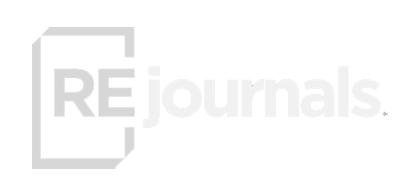$1,541 1Q 2024
-2.9%
91.7% 1Q 2024
-140 BASIS POINTS
9.8% (FEB 2024)
3.7% (FEB 2024)
* Please note that these employment figures have been adjusted for seasonal variations and are based on Moody’s Analytics forecast as of January 1, 2024.
** Please note that these unemployment rates are estimates that have not been adjusted for seasonal variations, and they are derived from Moody’s Analytics forecast as of January 1, 2024.
QUARTERLY DEMAND
QUARTERLY COMPLETIONS
As the Charlotte market emerges from the typically slower winter leasing season, the demand for apartments continues to show resilience across South Central North Carolina. In the first quarter alone, the market saw the absorption of approximately 2,292 units, culminating in a total of 7,266 units absorbed over the past 12 months. This marks four consecutive quarters of positive absorption. A notable surge in demand was observed in West Charlotte, where a predominantly blue-collar population is drawn to more affordable housing due to its proximity to Charlotte Douglas International Airport.
Developers are rapidly expanding Charlotte’s apartment inventory, positioning the metro as one of the U.S. markets with the highest ratio of new units to existing stock. This rapid growth presents challenges for current property owners and operators. In 2023, a new record was set for apartment deliveries, and this upward trend is projected to continue through at least 2025. In the first quarter of 2024 alone, nearly 3,500 new units became available, with around 15,000 of the 29,000 units under construction expected to be delivered within the year. The 29,000 units under construction will increase the market’s inventory by 13.2%, positioning the Charlotte market as having the largest construction pipeline relative to existing stock in the U.S., surpassing even Miami and Austin.
As the 2024 spring leasing season begins, demand for apartments in Charlotte remains historically robust. However, the metro’s apartment inventory expanded by 6.0% over the past year, outpacing absorption rates and causing average occupancy to decline by 140 basis points annually to settle at 91.7% at the end of the first quarter. However, the quarterly decline in occupancy rates has slowed, dropping by only 30 basis points from the fourth quarter of 2023 to the first quarter of 2024, compared to a 40-basis-point decrease between the third and fourth quarters of last year. This suggests that a modest degree of stability may be returning to the Charlotte market.
Despite supply induced challenges, six out of 19 submarkets saw quarter-over-quarter occupancy improvements, and more than half reported above historical average occupancy rates. Lancaster and Gaston Counties exceeded 94.0%, while South Park had the lowest rate despite improving by 10 percentage points. The Lower South End submarket, a growing entertainment district near Charlotte’s central business district, showed the strongest year-over-year increase in occupancy. Demand in this area remains strong due to its affordability compared to other upscale urban neighborhoods, such as Uptown, South End, and South Park, making it an increasingly attractive location for new developments.
Average Monthly Mortgage Payment
The Charlotte rental market has observed a cooling in rent growth amid intense competition from newly developed properties. For four consecutive quarters, the market has experienced negative growth in rent, largely attributed to a substantial influx of new housing supply. Over the last year, effective rents for new leases declined by 2.9%. It is anticipated that the influx of new, premium units will persist in driving down rents and tempering growth prospects throughout the remaining months of the year.
Notably, while prime urban neighborhoods like South Park, South End, and Uptown can command rents exceeding $1,800 per month for high-end units, luxury properties have seen the sharpest rent declines, with drops of over 3 percentage points and greater discounts compared to other options. Conversely, exurban submarkets such as Rowan and Chester Counties, which have limited housing and cater to budget-conscious renters, continue to experience the most significant rent increases in the Charlotte area at 1.8% and 1.7%, respectively, due to lower-cost units facing less competition.
Average Monthly Rent
Preliminary data from MSCI reveals that transaction volume for conventional single-asset multifamily properties in Charlotte reached roughly $136.3 million in the first quarter of 2024, a 50% decrease from the same period last year. This quarter’s volume is the lowest in the past decade, with only five properties changing hands. Rising capital costs and stricter lending standards appear to have limited larger transactions. Although Charlotte is evolving into a more institutional market, institutional investment has generally decreased since early 2023, leaving private buyers to dominate current transactions. Nevertheless, institutions and REITs remain the primary players in the larger deals that do occur in Charlotte.
*Most Active Buyers and Sellers are based on the sale volume of apartment units.
* Trailing 4Q average PPU
* Preliminary Data from RCA – Individual transaction $2.5M +
Please note that the income and expense data presented in this section is sourced from third-party providers. Our firm does not provide any warranty or guarantee as to the accuracy or reliability of this information. We recommend that users exercise their own discretion and professional judgment when interpreting and utilizing this data.
| Income Assumptions | Value / Unit | Year Change (%) |
|---|---|---|
| Rental Income / Occupied Unit | $1,473.27 | 7.2% |
| Recoverable Expenses / Occupied Unit | $68.00 | 5.8% |
| Other Income / Occupied Unit | $77.71 | 5.9% |
| Total Income / Occupied Unit | $1,618.98 | 7.1% |
| Rental Income | $1,351.42 | 6.2% |
| Recoverable Expenses | $62.37 | 4.8% |
| Other Income | $71.27 | 4.9% |
| Total Income | $1,485.07 | 6.1% |
| Operating Expenses | Value / Unit | Year Change (%) |
|---|---|---|
| Payroll | $138.43 | 5.0% |
| Repairs & Maintenance | $47.24 | 8.8% |
| Leasing | $60.34 | 4.4% |
| General | $30.85 | 0.6% |
| Marketing & Advertising | $23.54 | 9.6% |
| Repairs & Maintenance | $96.17 | 10.8% |
| Cleaning | $15.88 | 14.9% |
| Roads & Grounds | $19.12 | 5.1% |
| General | $61.16 | 11.7% |
| Administrative | $47.85 | 13.3% |
| Security | $5.95 | 8.3% |
| General | $41.90 | 14.0% |
| Management Fees | $44.41 | 3.6% |
| Utilities | $81.85 | 5.3% |
| Electric | $18.06 | 11.2% |
| Gas | $1.05 | -9.8% |
| Water/Sewer | $62.74 | 4.0% |
| Real Estate & Other Taxes | $142.08 | 14.6% |
| Insurance | $38.15 | 22.9% |
| Other Operating Expensees | $2.23 | |
| Total Operating Expense | $614.69 | 9.8% |
| Value / Unit | Year Change (%) | |
| Net Operating Income | $870.37 | 3.7% |
|---|
Apartment demand in Charlotte remains strong as the 2024 spring leasing season begins, even amid a growing supply-demand mismatch. In the past year, around 13,000 new units were delivered, nearly double the net absorption of 7,400 units. The supply surge is set to peak soon, with 29,000 units currently under construction. Over 14,000 of these are due for completion this year, leading to a 13.3% inventory increase, one of the largest construction pipelines in the nation.
Despite these challenges, Charlotte’s appeal continues to rise, driven by expanding opportunities in financial services and technology, and its status as a hub for post-college talent in the Southeast. The surge in population and job growth, along with major expansions at Charlotte Douglas International Airport, is expected to further boost regional demand for rental units.

















